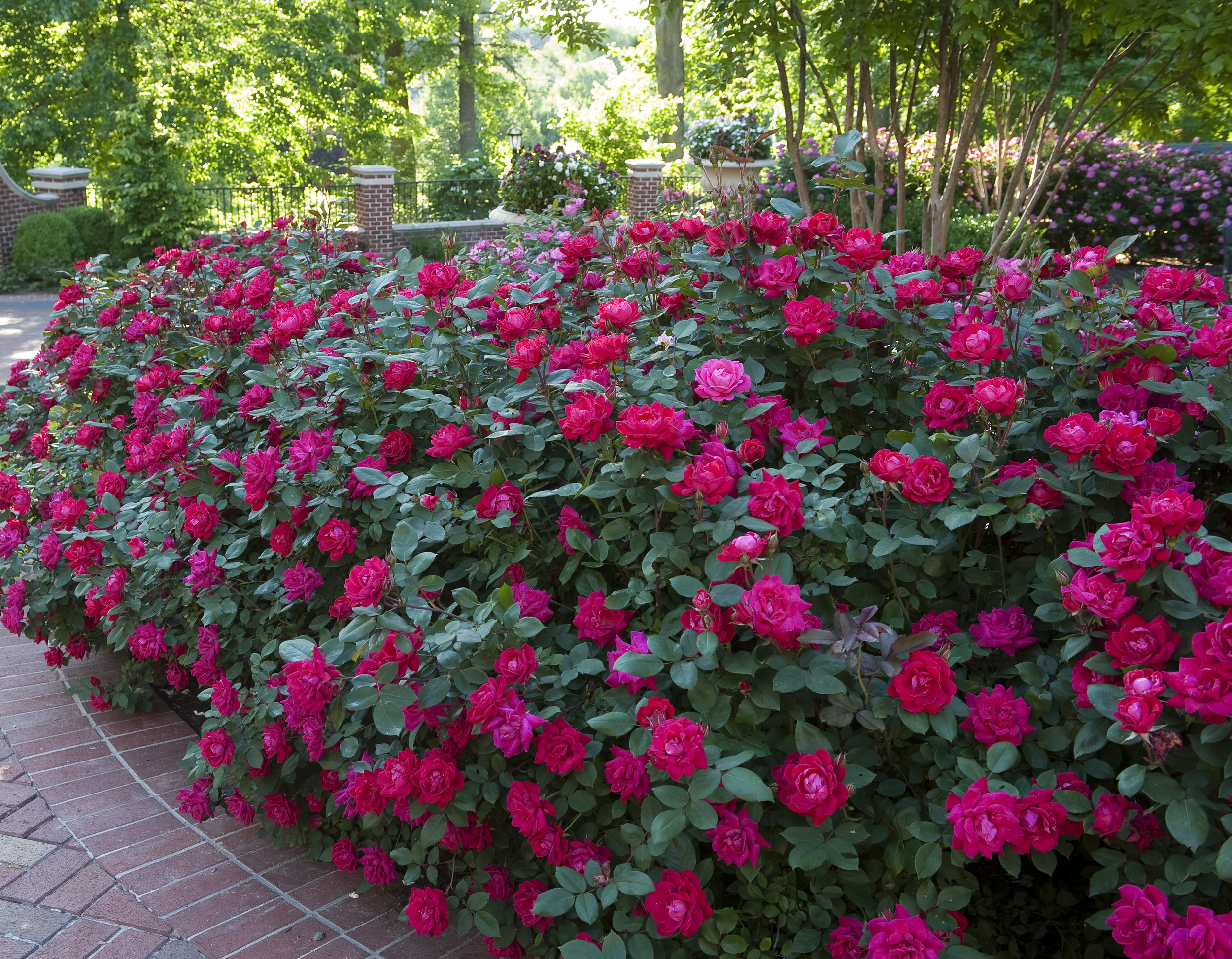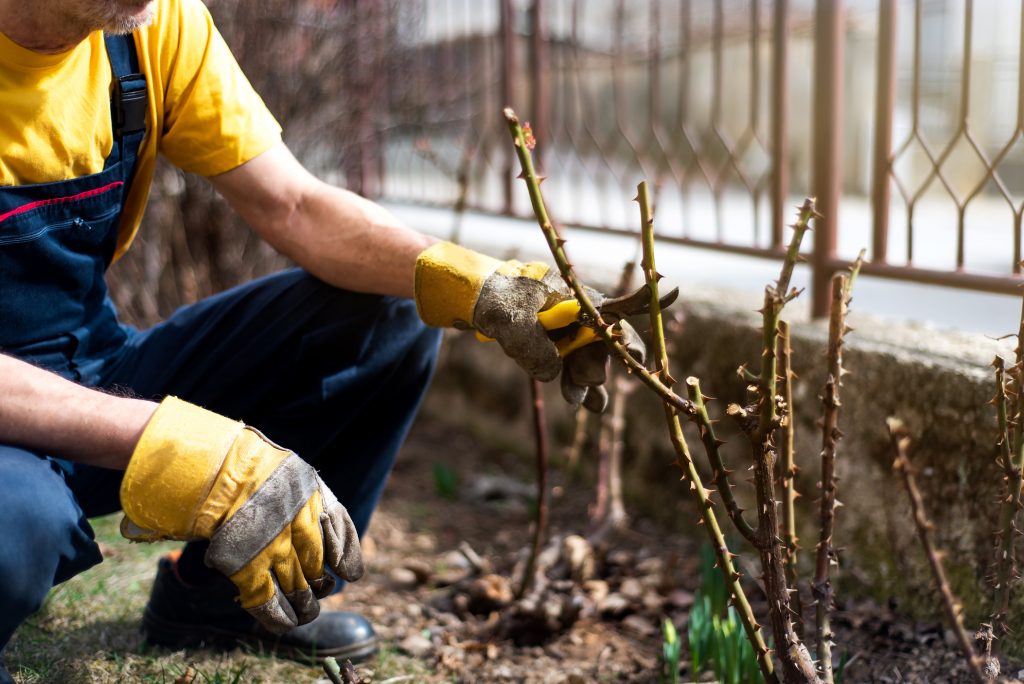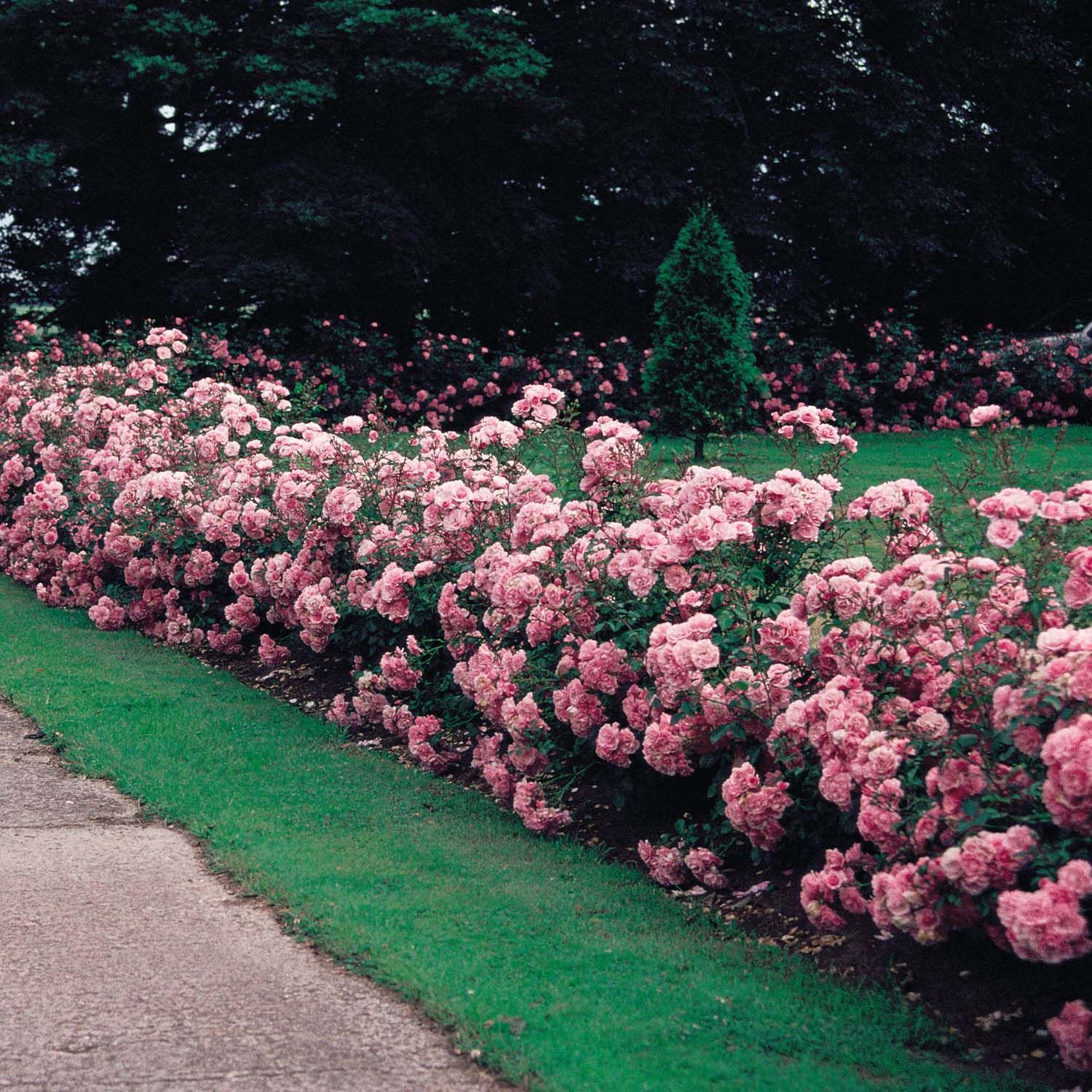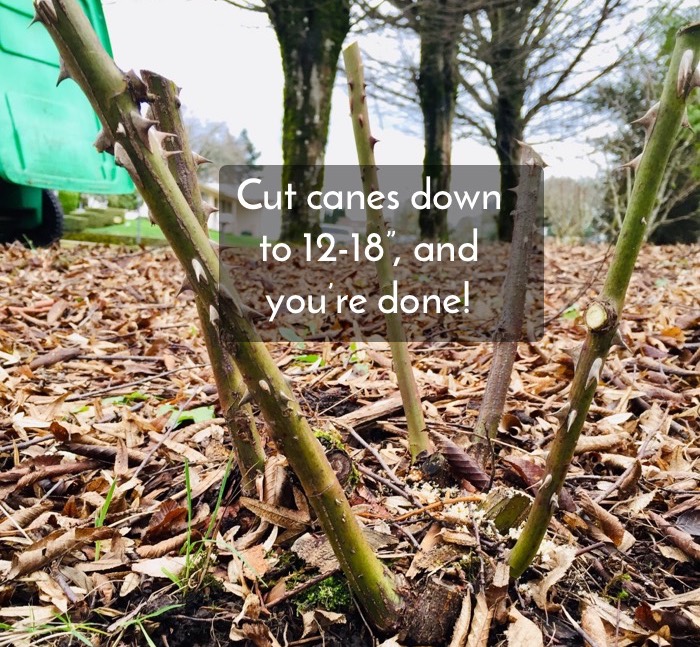
It is the dead of winter and the great debate of ‘when’ to prune and ‘how hard’ to prune roses arrives. This conundrum always creates robust, controversial and even divided discussions. There are a zillion bits of advice on offer and many gardeners are faced with the confusing and perplexing dilemma of which one to adopt and follow. To the inexperienced it can all be very intimidating.
Every winter I prune a lot of roses. In my own garden I have about 60 roses to prune and in my heyday about another thousand or so every year in other local gardens. So over the decades I have had the happy opportunity to learn and gain valuable experience and experiment with differing techniques and timings of rose pruning.
Now we come to what I call the 11th Commandment of rose pruning. Most rose growers have their own respective opinions/rules coupled with a long set practiced regime and will rarely if ever deviate from them. It is as if these rules have become immortalised, forever etched in stone, sacrosanct, a universal law, never to be broken. The
11th Commandants’ hypothesis all hangs upon the possibility/probability of the late occurrence of harsh severe frosts in early even to late spring which will certainly kill or severely retard new growth and thus the near impossibility to ever recover. Thus it is a true gamble with the unpredictability of mother nature.
For many the date to prune in cold climates is postponed until August, in warmer/hotter climates sometime in July. Somehow this blanket date has been adopted across most districts, regardless of climate, topography and elevation. Roses ae the hardiest of all plants and I know I may well be sticking my head right out, but in all my forty years I have never, fingers crossed, witnessed badly frosted new rose growth which has not then recovered. In addition, if you do delay pruning, you may well not have a spring display of roses until way into late October or November.
For myself, when it is ripe and perfect to winter prune roses? It is the day when you have the time, the winter weather is reasonable, the council green bin is empty, and most importantly you are just totally fed up with a whole lot of rose ugly, with their straggly, wild and whiplashing barbed branches and the impossibility to weed and fertilise around them. Invariably it is in the mid to late July. This early pruning also ensures a great display of roses commencing from early to mid-October regardless of any late visits by Mr. Jack Frost.

There are a few basic reasons for pruning rose bushes: to keep them vigorous, to maintain their shape and to grow more and better flowers. When pruning roses, it is near impossible make any major mistakes. Thankfully they are very forgiving, tough and resilient bushes. The fundamentals of pruning are relatively easy and straight forward. All done in 4 steps.
1. Cut and clean out all the congested inside branches to create an open vase shape, to allow optimum light and air circulation within. This minimises the susceptibility to disease such as black spot and powdery mildew.
2. Prune out all the old, damaged, diseased or dead wood to transfer the rose’s energy to improving the health and growth of fresh new flowering branches.
3. The remaining new growth should be pruned back to an outward eye bud, cutting no more than ½ cm above the growth bud creating an angle so that it slopes slightly back and away from the bud, to allow moisture to drain away.
4. At the end of the day, I revisit each of the roses armed with a generous glass of red as a reward to myself for a job done well, and to also correct any mistakes in pruning. This is especially useful for when you initially begin you are always quite tentative in pruning well. See the tale of the grand lady.
5. When the plant is pruned and bare of foliage, many also spray with lime sulphur to combat black spot and scale. I never do it, largely because I am just downright too lazy. Also, my roses seldom have any diseases because of my repeated, throughout the entire year, the applications of very generous thick carpeting of Seamungus, a pelletised tonic of seaweed and fish, for creating and ensuring optimum plant and soil health. For example, the scourge of scale only invades when a plant is under stress.
In my experience you can never be brave and confident enough when pruning roses. It might seem a whole lot of silly, but it greatly helps if from the outset, for you to determine your own personal relationship with your roses. Yes, they are your partners in your garden design, even friends, but who actually is in control and in charge. Who is the real boss, the true top dog, the master of all, the monarch who reigns supreme? You are and never ever forget it. So, walk up right up to them, with the strength of your best of convictions, armoured with a steely determination, stand astride your rose, as if you truly own it and cut, saw and snip away.

I once worked for a rather grand lady, whom, before beginning her day of rose pruning, would fortify herself with a very generous glass of mulled wine. She also carried deep in her pocket a hip flask, of I can only suppose was more of the same. She explained that in her later years it was an aid to battling the cold and assisted her with the vital energy necessary to commence and endure a long day of labour. Very sadly, she never offered me or shared a single drop. Maybe she considered myself too young or did not want to encourage me to form any future bad habits. In hindsight, really a bit of a useless gesture.
Then arrives the 12th Commandment, ‘thou shalt never prune roses back below or above a certain height?’ This could be either a third, a half, by two thirds or even three quarters. And in my experience, this is where the vast majority of gardener’s completely fail big time. In general folks are dead dumb scared of pruning back hard, only pruning their bushes about 40 to 50% if even that.
I always cut back bush roses by at least three quarters. As the Queen of Hearts in Alice in Wonderland screams, ‘off with their heads’. Well, I say off with everything, smack them back mighty hard, right down to your knees. Yes, no rose bush after being pruned should stand no higher than the bottom of your own knees, even lower if possible. This is a prime example of you have got to be cruel to be kind.
You see I don’t want rose bushes resembling lollipops, skyscrapers or a long series of Eiffel Towers. I don’t want to see old and ugly gnarled bare branches bereft of any new growth. What I seek is new healthy branch growth right from the bottom of the shrub, and thus subsequent flowers beginning from way low down on the bush. Remember roses have had most of a year of full growth, taking into account summer pruning and dead heading throughout the season.

Which leads us to the 13th Commandment ‘thou shalt never have a closed mind to new rose pruning methods’. As mentioned at the outset there are countless differing opinions on when to and how to prune roses. There is no one single approach. There is always room to learn more. Always respect other opinions, be open to new ideas, mine is the sum of many. No one is ever completely right and maybe this is what cultivating roses makes it all so much fun. I can only hope this blog will invite others to contribute their own wisdom and experiences with rose pruning.
Happy gardening and have fun,
Regards Ned McDowell.